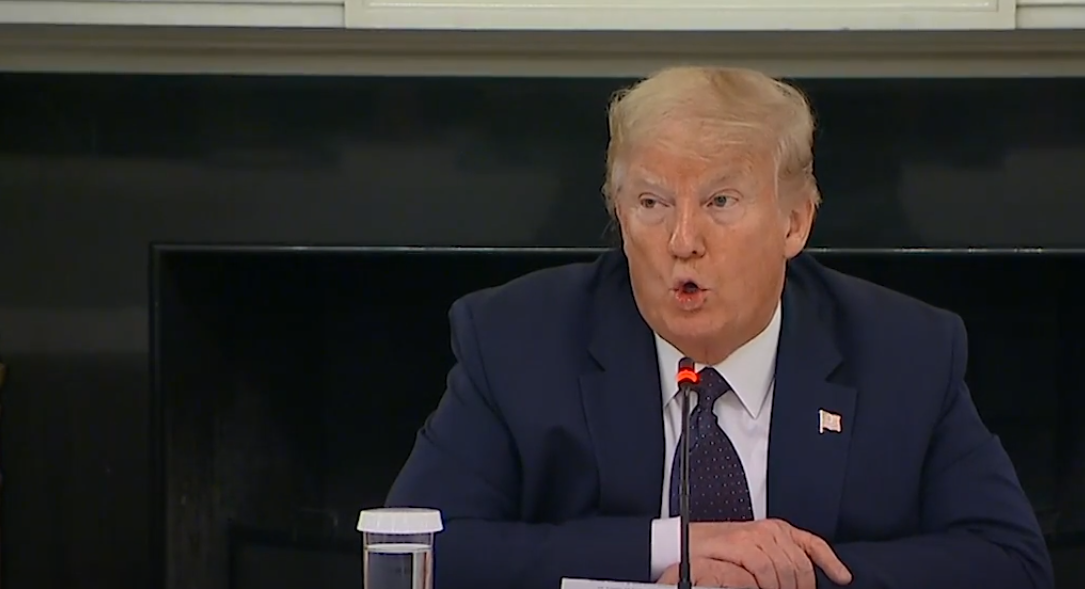The week-long feud between US President Donald Trump and Twitter has reached new heights with the tech giant flagging one of the president’s tweets for glorifying violence.
Relating to the ongoing riots in Minneapolis over the death of African-American man George Floyd, the tweet suggested protesters could be shot by the military, saying “when the looting starts, the shooting starts”.
While Twitter did not remove the tweet, saying it was in the public interest that it remain accessible, users were required to read a short notice regarding the rule violation.

Trump hit back in a tweet claiming Twitter was allowing propaganda from China and the Democratic Party to be posted, while targeting Republicans, conservatives, and himself personally.
He also called for congress to over-turn Section 230 of the Communications Decency Act (DCA), the legislation which governs the liability of online platforms.
Trump signed on Thursday an executive order regarding Section 230, with the aim of stripping liability protection from the platform just days after Twitter added a fact checking link to two of his tweets in which he claimed – without evidence – mail in ballots would lead to greater voter fraud.
This was the first time the social media giant has taken steps to fact check tweets from any user, despite ongoing calls from many to regulate the content of their platform.
“The choices Twitter makes when it chooses to suppress, edit, blacklist, shadow or ban are editorial decisions,” Mr Trump said.
“In those moments they cease to be a social platform and become and editor with a view point.”
Until now, social media platforms have avoided legal responsibility for the content posted on their sites largely due to Section 230 of the CDA.
Signed into law in 1996, the CDA gives websites broad powers to moderate their own content – particularly to remove pornography – without the threat of legal challenges.
This sets them apart from newspaper publishers, who are held to be responsible for what they publish.
Section 230 has been described by some experts as ‘the 26 words which created the internet’.
Removing this protection may have unintended consequences for the president however; if Twitter becomes obliged to remove legally damaging or inflammatory posts, many of Trump’s own tweets may be targeted or removed.
This is particularly relevant to tweets in recent weeks by the President promoting an unfounded conspiracy theory that MSNBC host Joe Scarborough murdered a staff member when he was a congressman.
No link to the murder has been established by any law enforcement agency, and the staff member’s widow has written to Twitter asking it to remove the tweets, but so far they have not.
It is unclear what impact signing this executive order would actually have. An executive order does not have the power to overturn existing law and federal courts have repeatedly refused to see cases regrading Section 230 in recent years.
Meanwhile, Twitter has doubled down on its new policy of fact checking, adding labels to hundreds of tweets in recent days.
This includes many tweets incorrectly identifying an officer involved in the recent killing of George Floyd.
Twitter then released a statement critical of the executive order via its official policy account.


